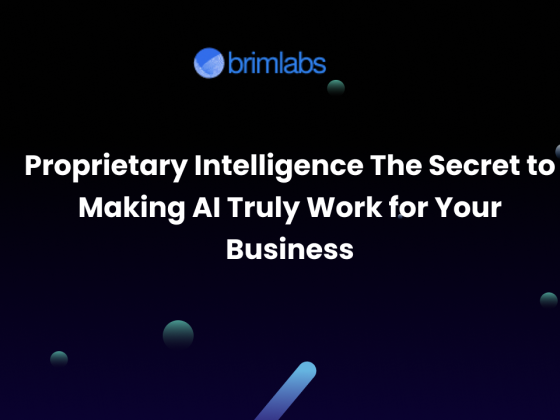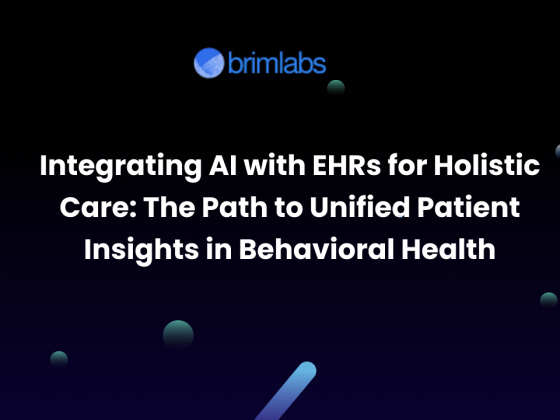Artificial Intelligence and Machine Learning have permeated industries ranging from healthcare to finance, automating critical decision-making processes. However, real-world environments introduce uncertainties, data distribution shifts, adversarial attacks, and noisy inputs that challenge the reliability of AI models. Ensuring AI robustness, the ability of ML models to perform reliably under such conditions, is crucial for deployment in high-stakes applications.
This blog explores the key aspects of AI robustness, techniques for evaluating ML models under uncertainty, and strategies for improving robustness.
Understanding AI Robustness
AI robustness refers to the capability of an ML model to maintain consistent performance when faced with variations in input data, environmental factors, or malicious interventions. Robust models must be resilient to:
- Data Distribution Shifts: Changes in data patterns due to seasonal trends, demographic shifts, or unexpected anomalies.
- Adversarial Attacks: Small perturbations in input data crafted to mislead AI models into incorrect predictions.
- Noisy or Incomplete Data: Inconsistencies in sensor readings, missing values, or mislabeled training samples.
- Edge Cases and Out-of-Distribution (OOD) Inputs: Uncommon scenarios that the model has not encountered during training.
- Hardware and Deployment Variability: Inconsistencies due to different computational environments, quantization errors, or floating-point precision.
Evaluating ML Models Under Uncertainty
To ensure an ML model is robust, it must be rigorously tested against real-world uncertainties. The following evaluation techniques help measure robustness effectively:
1. Adversarial Testing: Adversarial testing involves exposing ML models to perturbed inputs designed to deceive the model. Popular methods include:
- Fast Gradient Sign Method (FGSM): Adds small perturbations to input data to mislead the model.
- Projected Gradient Descent (PGD): Iteratively refines adversarial examples for stronger attacks.
- Carlini-Wagner (CW) Attack: More sophisticated optimization-based attack to find minimal perturbations leading to misclassification.
Evaluating a model against these attacks highlights its vulnerability to adversarial inputs.
2. Robustness to Data Shifts: Real-world deployment often encounters domain shifts where the test data differs from training data. Robustness tests include:
- Domain Adaptation Testing: Assessing model performance on data from new but related distributions.
- Out-of-Distribution (OOD) Detection: Using confidence scores or uncertainty estimation techniques to identify when a model is uncertain about an input.
- Temporal Drift Analysis: Measuring model degradation over time as new patterns emerge in data.
3. Stress Testing with Noisy Inputs: Introducing noise, missing values, and erroneous data points in controlled experiments can help gauge a model’s reliability. Common methods include:
- Gaussian Noise Injection: Adding random noise to test inputs.
- Random Pixel Corruption (for images): Removing or modifying pixel values to simulate real-world distortions.
- Text Perturbations (for NLP models): Introducing typos, synonym replacements, and grammar errors.
4. Hardware and Quantization Robustness Testing: ML models often undergo quantization and deployment on edge devices, leading to precision loss. Robustness testing involves:
- Floating-Point Precision Variability Analysis: Assessing model performance under different precision levels (FP32, FP16, INT8).
- Latency and Energy Constraints Testing: Ensuring that the model remains reliable when operating under hardware limitations.
5. Explainability and Trustworthiness: Understanding why an ML model makes certain predictions can help uncover potential vulnerabilities. Techniques include:
- SHAP (Shapley Additive Explanations): Providing insights into feature importance.
- LIME (Local Interpretable Model-Agnostic Explanations): Generating interpretable approximations of complex models.
- Counterfactual Analysis: Testing how small changes in input features affect the model’s predictions.
Strategies to Improve AI Robustness
Once vulnerabilities are identified, various strategies can be employed to enhance AI robustness:
- Adversarial Training: Augmenting training data with adversarial examples to make the model more resistant to attacks.
- Data Augmentation: Expanding training data by introducing variations such as rotations, noise, and color shifts to improve generalization.
- Ensemble Methods: Using multiple models with diverse training distributions to improve robustness against uncertainty.
- Uncertainty Estimation Techniques: Implementing Bayesian Neural Networks or Monte Carlo Dropout to quantify prediction confidence.
- Self-Supervised Learning: Training models to learn invariant representations that generalize better to unseen data.
- Robust Loss Functions: Using techniques like label smoothing, contrastive learning, or adversarial logit pairing to reduce overfitting to adversarial or noisy data.
Conclusion
Ensuring AI robustness is fundamental for real-world ML deployment, especially in safety-critical industries like healthcare, finance, and autonomous systems. By rigorously evaluating ML models under uncertainty and incorporating robustness-enhancing strategies, developers can build reliable and trustworthy AI solutions.
As AI systems continue to evolve, maintaining robustness will require a combination of proactive testing, model interpretability, and adaptive learning techniques. Organizations investing in robust AI models will be better equipped to handle real-world challenges, ensuring fairness, reliability, and security in their AI-driven applications.
Are you looking to enhance the robustness of your AI models? Contact us at Brim Labs to explore how we can help you build resilient AI solutions.











